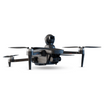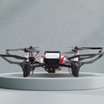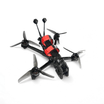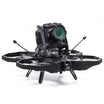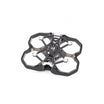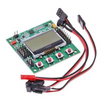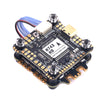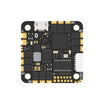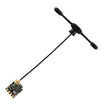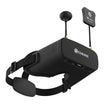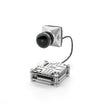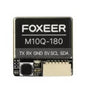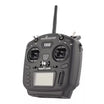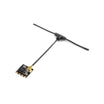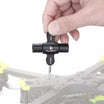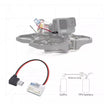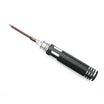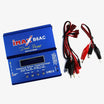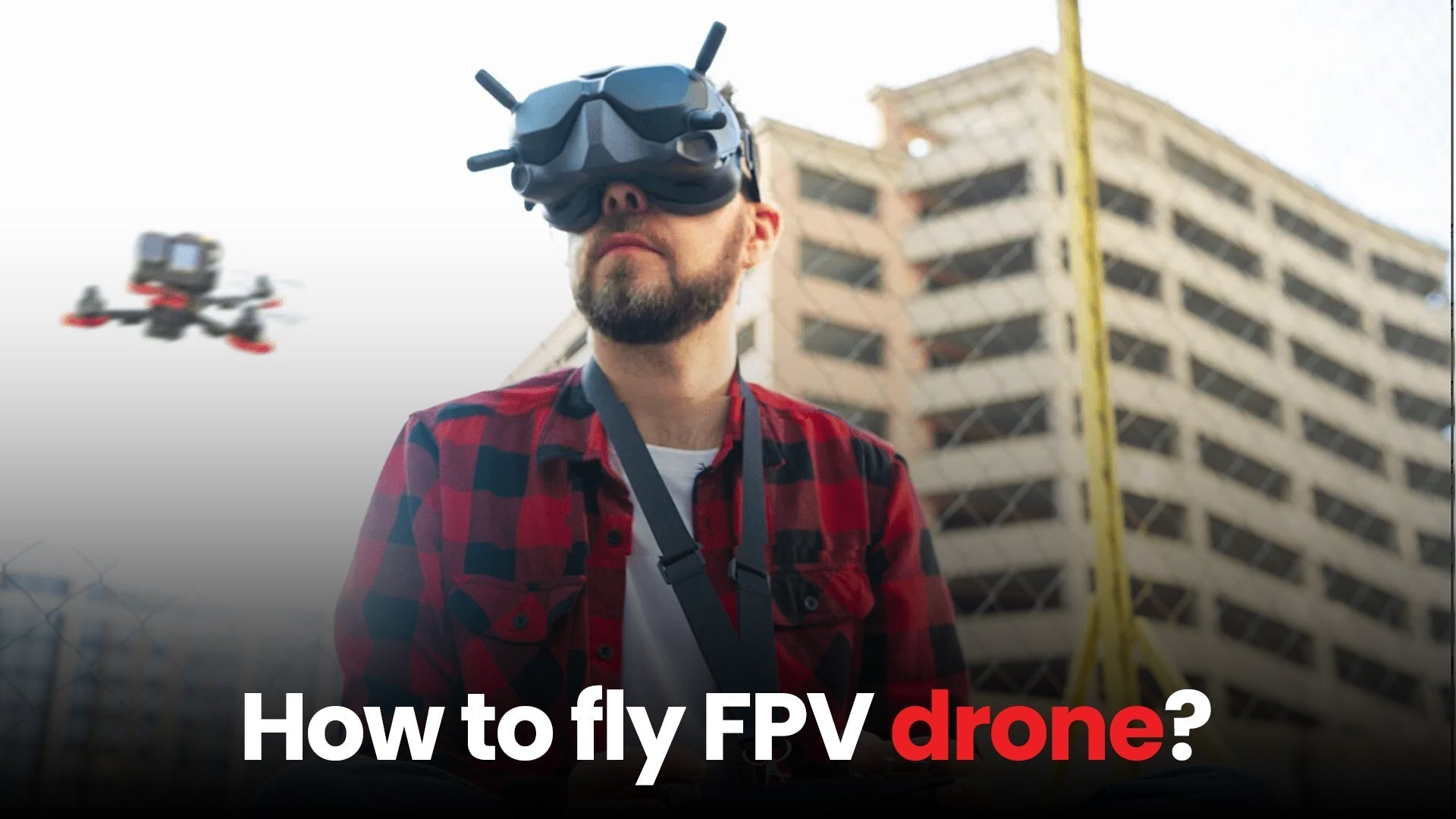Farming in India is undergoing one of its fastest transformations in decades. Rising input costs, shrinking labour availability, and unpredictable climate conditions are forcing farmers to seek smarter solutions.
In this environment, agri drones have moved from being experimental gadgets to essential farming tools.
In 2025, drones are helping farmers monitor crops, spray fertilizers, manage pests, and cut costs, all while improving yields and reducing environmental damage.
With government support, lower drone prices, and AI-driven innovations, agri drones are becoming central to the future of Indian agriculture.
Why Agri Drones Are Gaining Popularity
Let us explore the reasons why we think agri drones are getting popular in the Indian market.
Precision Agriculture
Farmers can perform real-time crop assessments thanks to agri-drones' high-resolution aerial photography. With the use of this accurate data, they can focus on particular areas that require attention, such as those affected by pests or drought. Thus they help to optimize resources and reduce waste by targeting areas in need .
With the help of innovations like multispectral sensors, agri-drones can identify crop health problems. This includes nutrient deficits or early disease stages that are not visible to the human eye.
Therefore it allows for better decision-making for activities like harvesting, irrigation, and fertilization.
Supportive Policies and Subsidies
India has reduced GST on drones to a uniform 5%, significantly lowering costs. The Namo Drone Didi scheme is providing up to 80% subsidy (₹8 lakh per drone) for women-led groups offering drone services.
Pilot projects, such as spraying nano urea across districts in Uttar Pradesh, are already demonstrating their effectiveness on the ground.
Also read: Decoding the new drone bill: What you must know
Competitive Pricing and Wider Access
Agriculture drone prices in India have become more competitive, with entry-level monitoring drones starting around ₹1.2 lakh, mid-tier spraying drones costing ₹3 to 8 lakh, and advanced high-end models priced upwards of ₹10 lakh.
With subsidies, even small and marginal farmers can now afford access to drones through cooperatives and service providers.
Eco-Friendly and Cost Saving
Drone spraying reduces pesticide usage by up to 50% and cuts water consumption by nearly 90% compared to traditional methods.
This makes farming both more cost-effective and environmentally sustainable, aligning with India’s broader focus on eco-friendly agricultural practices.
Key Market Trends in Agri Drones
Let us now study the key market trends about agricultural drones.
Drone as a Service (DaaS)
Instead of buying, many farmers are renting drones from service providers. This model is growing rapidly, especially under government-backed SHGs and rental hubs, giving small farmers access without heavy upfront costs.
Artificial Intelligence and Autonomy
Modern drones are equipped with AI to process images on the spot, detect pests automatically, and plan flight paths with minimal human input.
This reduces labour needs while improving accuracy and speed.
Crop-Specific Customization
From vineyards to paddy fields, drones are now being tailored to meet the needs of specific crops and terrains.
Fixed-wing models are used for large grain fields, while rotary drones are proving effective in orchards and plantations.
Government and State-Level Push
Alongside subsidies, states like Maharashtra and Andhra Pradesh are creating policies that encourage drone adoption.
Pilot projects are expanding, training programs are rolling out, and local drone manufacturing is gaining momentum under Make in India.
Also read: insideFPV at startup conclave 2025: Drones shaping India
Opportunities for Agri Drones in Farming
Let us study the top four opportunities for agri-drones.
Expanding Beyond Crop Monitoring
Spraying is already common, but drones are now being tested for tasks like seeding, pollination, and even livestock monitoring.
These new applications could significantly expand their role in farming.
Data Analytics and Farm Advisory
The combination of drones and AI-powered analytics offers actionable insights: when to irrigate, how much fertilizer to use, and which areas need pest control.
This is creating opportunities for startups offering drone-based farm advisory services.
Demand for Agri Spray Drones
With growing emphasis on sustainability, drones that minimize chemical usage are in high demand. Farmers are increasingly turning to spray drones to reduce input costs while protecting the environment.
Affordable and Scalable Solutions
Falling prices and scalable service models mean drones are no longer limited to large farms. Smallholders across India are accessing them through SHGs, rental platforms, and cooperatives, ensuring widespread adoption.
Challenges That Need Attention
Even with rapid growth, a few hurdles remain:
-
High-end drones require regular maintenance and spare parts.
-
Skilled operators are essential for safe flights and accurate data analysis.
-
Weather conditions like strong winds or heavy rain can disrupt drone operations.
-
Airspace regulations and no-fly zones can sometimes delay usage in certain areas.
These challenges highlight the need for continued training, better infrastructure, and clear policy enforcement.
However, in the coming years, expect drones to expand beyond spraying and monitoring, becoming an integral part of India’s push toward sustainable, technology-driven agriculture.
For farmers, entrepreneurs, and agri startups, the opportunity has never been brighter.
Frequently Asked Questions
What is the current agriculture drone price in India?
Prices start at around ₹1.2 lakh for basic monitoring drones and go beyond ₹10 lakh for advanced models. Subsidies under government schemes can reduce costs by 40 to 80 percent.
Are agri spray drones safe for small farms?
Yes. With rental models and shared services, even small farmers can access spray drones that reduce chemical waste and cut costs.
What government support exists for agri drones?
Schemes like Namo Drone Didi offer up to 80% subsidies, while GST on drones has been reduced to 5%, making them more affordable.
Which crops benefit most from drone usage?
Paddy, wheat, sugarcane, cotton, vineyards, and orchards benefit greatly from drone spraying and monitoring due to their scale and input requirements.
Can drones fully replace traditional spraying methods?
Not yet. Drones complement traditional methods by improving efficiency and precision, especially for large farms and targeted pest management.


